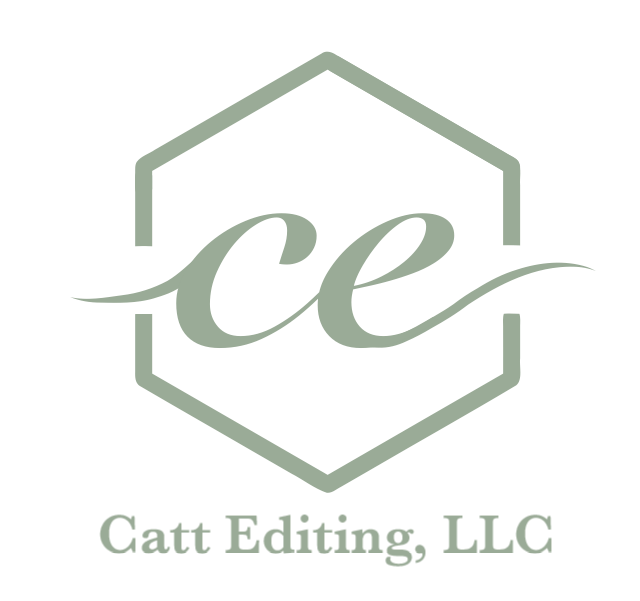Proofreading vs. Editing
Most people don’t know the difference between proofreading and editing, but these services are very different. For example, they should be done at different times in the publishing process, they work with different kinds of files, and their scope of work is vastly different. If you’re unsure which one you need, read below to find out the difference between proofreading and editing.
Scope of Work
Editing: You are still early on in the editing process; the text needs a little more work before publishing. At this point, we’re collaborating as editor and author to find solutions to big problems in the text: character arcs, organization of chapters, point of view, mood/tone. There are three types of editing, so depending on the type of editing you’re having done, the scope of work will change. With all of them, there’s a lot of back and forth, and most of what we discuss is subjective (opinion based).
Proofreading: You are content with your writing; you only need final touches. At this point, we are past the point of discussion. The suggestions given should be black and white: “This was a typo, and it cannot be spelled any other way than the way I’m giving.” “A bullet point is missing, and it needs to be here for the section to make sense.” “The chapter numbering is messed up. It cannot be any other way; this must be fixed.” These things are all objective. You will not get suggestions concerning the phrasing of a sentence or the organization of chapters or character development in proofreading; that’s editing.
Goal
Editing: The goal of editing is to correct the writing flow and grammar so the reader can understand the writing better. Editing your own work is never as good as a professional editing your work. We’re literally trained in this. But aside from that, having someone unfamiliar with your book look at it is invaluable. A fresh, new (unattached) perspective can help you round out the edges and fill in the gaps you didn’t see before. If you didn’t think editing was important, you probably would not be reading this blog post right now, so I’ll just assume you’re sold on the idea of editing.
Proofreading: The goal of proofreading is to ensure correctness and to change only what’s necessary. Sometimes editors miss things (actually, always—because we’re human and fixing a million other things at the same time). And sometimes the formatter mixes up the chapter numbers or page numbers or forgets an indent or footnote. It happens, and it’s expected. That’s why we have proofreaders! They make sure everything is how it’s supposed to be before it goes to print.
When Is It Done?
Editing: When you’ve done all you can do on your own and now need professional help, that’s when you send the book to an editor. Many people send their books to friends/family/writer pals to get feedback before sending the book to an editor. That’s great! Do everything you can on your own before hiring a professional.
The document should only be running text when it’s sent to the editor. It should not be formatted for publishing when sent to the editor. Microsoft Word documents are standard (and preferred). Don’t worry about fancifying your title page or epigraphs or using drop caps or wacky ornamental breaks. Don’t spend the time on that stuff before sending the document to an editor because they’re going to mess it up. I’m warning you now that I will mess it up: “Add an ornamental break here,” “Delete this ornamental break,” “Join these chapters,” “Break this chapter into two chapters,” “Move this chapter to the beginning,” etc. All of this is going to mess up your cute formatting. So wait until the text is done being worked on before adding that in.
Proofreading: A proofreader is the last person to look at your text before publishing. The text should already be typeset and completely edited when it’s sent to a proofreader. The cover should be done, the back cover should be done, the copyright page should be in there, the author bio, the book blurb, all of it! Because the proofreader needs to proofread all of that. How embarrassing would it be if your book was perfectly edited and formatted and proofread only to have a typo on the cover because you didn’t send it to the proofreader? Whoops.
When you think you’re ready to publish the book, that’s when it goes to the proofreader. If you do it too soon, you risk introducing new errors during any additional work on the book.
So which one do you need? Editing or proofreading? (Hint: You probably need both eventually.) If you’re ready to start getting your nonfiction book closer to published with editing, contact me here! And if you’re super close to publishing and just need proofreading, contact me here!
